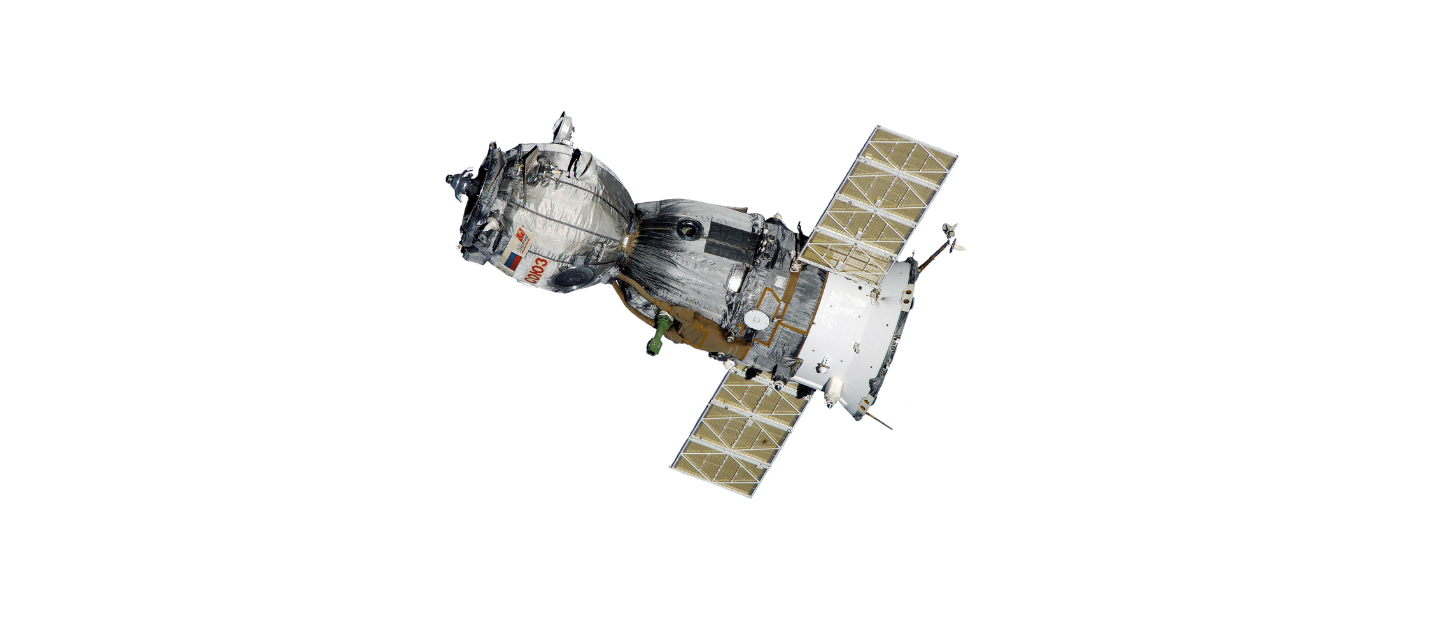Exploring Satellite Communication has become a new frontier for amateur operators, we have found a unique playground for communication. Once the realm of governments and corporations, it has become accessible to amateur radio operators worldwide. In this article, we embark on a journey to explore the wonders of satellite communication.
A brief overview of satellite communication involves the transmission and reception of radio signals via artificial satellites orbiting the Earth. These satellites serve as relays, bouncing signals between ground stations and providing coverage over vast regions of the planet. Amateur radio satellites, often referred to as “birds,” come in various shapes, sizes, and orbits. They can range from low Earth orbit (LEO) to geostationary orbit (GEO).
The appeal of satellite communication offers a unique set of challenges and rewards. Unlike terrestrial communication which relies on line-of-sight propagation. Satellite communication requires precise timing, tracking, and antenna pointing to establish successful contacts. Operating through satellites provides an opportunity to communicate over great distances. While exploring different propagation modes, and connecting with fellow enthusiasts around the globe.
Exploring satellite orbits and frequencies amateur radio satellites use while orbiting the earth come in different configurations. They each have their own orbit path, coverage area, and operational frequencies. Low earth orbit (LEO) satellites, such as those in the AMSAT (Amateur Radio Satellite Corporation) constellation. They offer fleeting passes over a specific locations, providing brief windows for communication. The medium earth orbit (MEO) and geostationary orbit (GEO) satellites, are less common in amateur radio. However, they still provide continuous coverage over larger regions but require more complex equipment for communication.
Getting Started with Satellites
Operating through amateur radio satellites presents its share of challenges, including dealing with Doppler shift, overcoming signal fading, and coping with limited pass durations. However, the rewards of successful satellite contacts, known as “birds in the log,” are unparalleled. Each successful contact represents an achievement in technical proficiency, patience, and perseverance, fostering a sense of accomplishment and camaraderie within the amateur radio community.
Getting started with satellite communication is easier than ever before. A basic understanding of satellite orbits, suitable equipment, and access to tracking software or online resources for satellite pass predictions is all you need. Dedicated handheld transceivers or a mobile rig equipped with dual-band VHF/UHF capabilities are commonly used for satellite communication, along with directional antennas for tracking and pointing at passing satellites.

Exploring Satellite Communication Satisfaction
One of the most gratifying aspects of making a satellite contact is the sense of accomplishment it brings. Unlike typical HF or VHF/UHF contacts, satellite communication requires precise timing, antenna tracking, and coordination with the satellite’s orbit. Successfully capturing the fleeting opportunity to transmit and receive signals via a passing satellite is a testament to skill, preparation, and perseverance.
Another source of satisfaction in making a satellite contact is the thrill of overcoming challenges. Satellite passes are brief, often lasting only a few minutes. Its during this time which operators must swiftly establish communication amidst competing signals and fading conditions. This sense of urgency and competition adds an extra layer of excitement. The experience, driving operators to hone their skills and adapt to changing conditions.
Furthermore, making a satellite contact fosters a sense of connection and camaraderie within the amateur radio community. Collaborating with fellow operators to track satellite passes, exchange information, and share tips and strategies creates a shared bond and sense of belonging. Whether working alone or as part of a team, the collective effort of establishing a contact creates enthusiasm.
